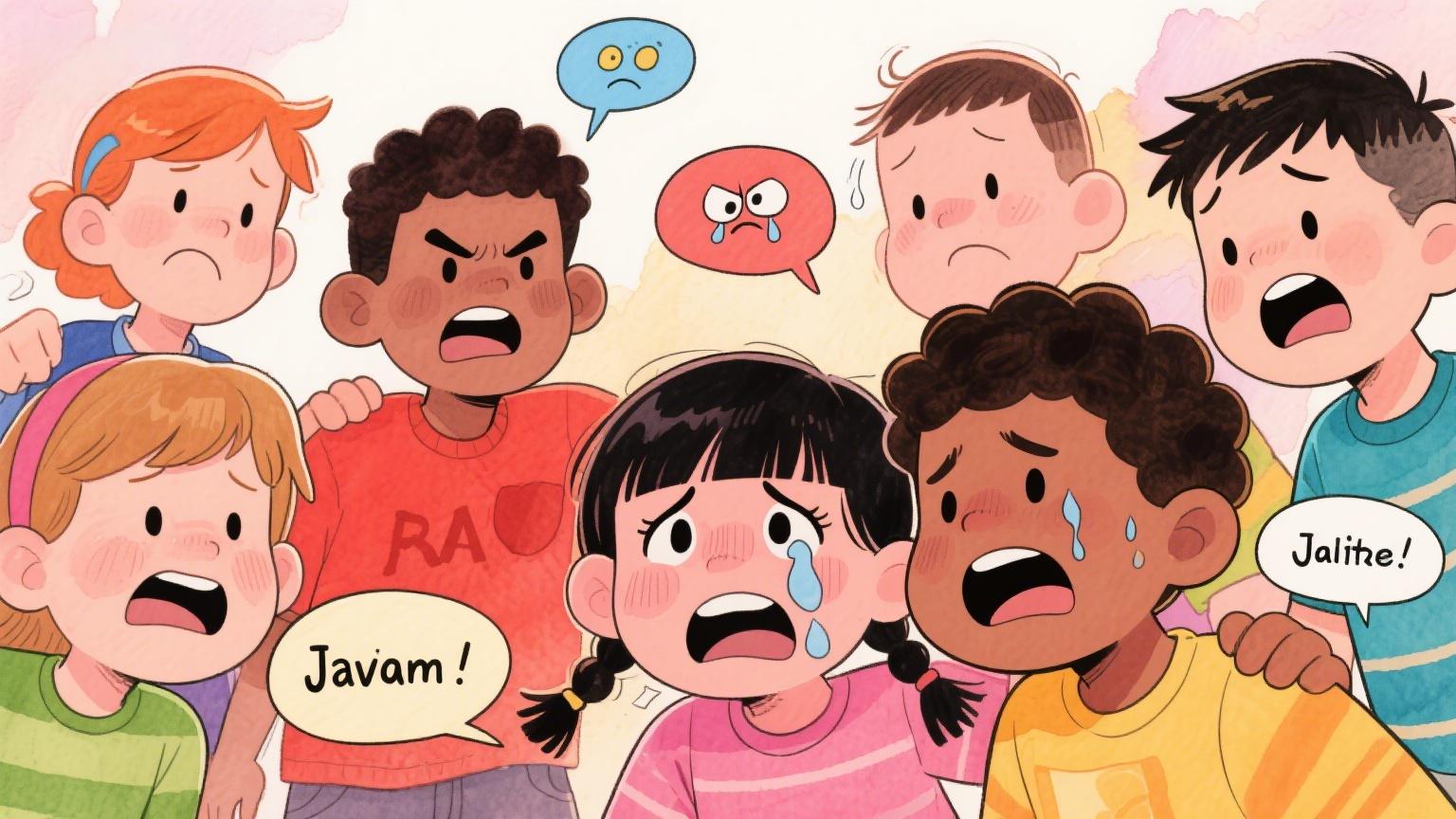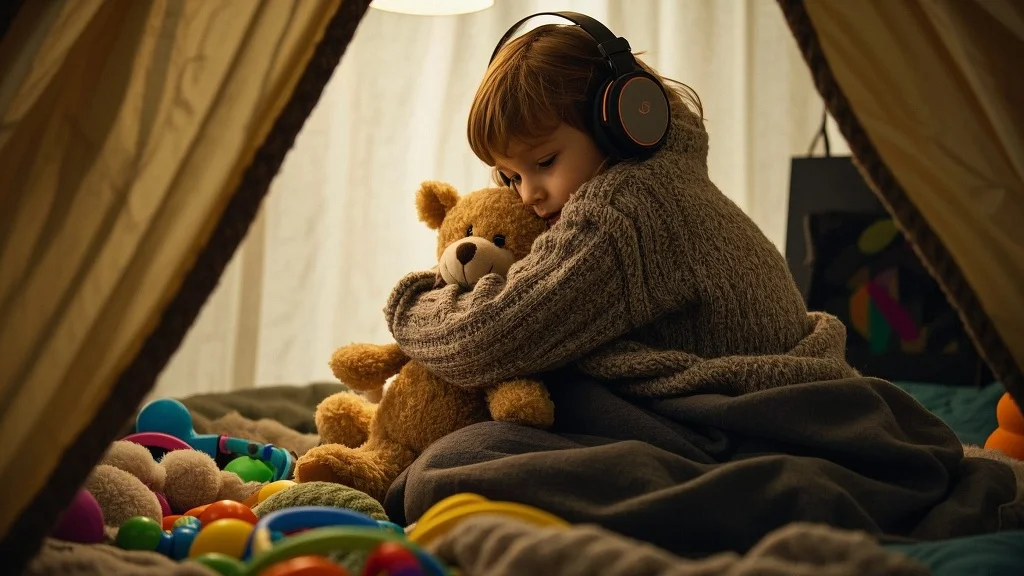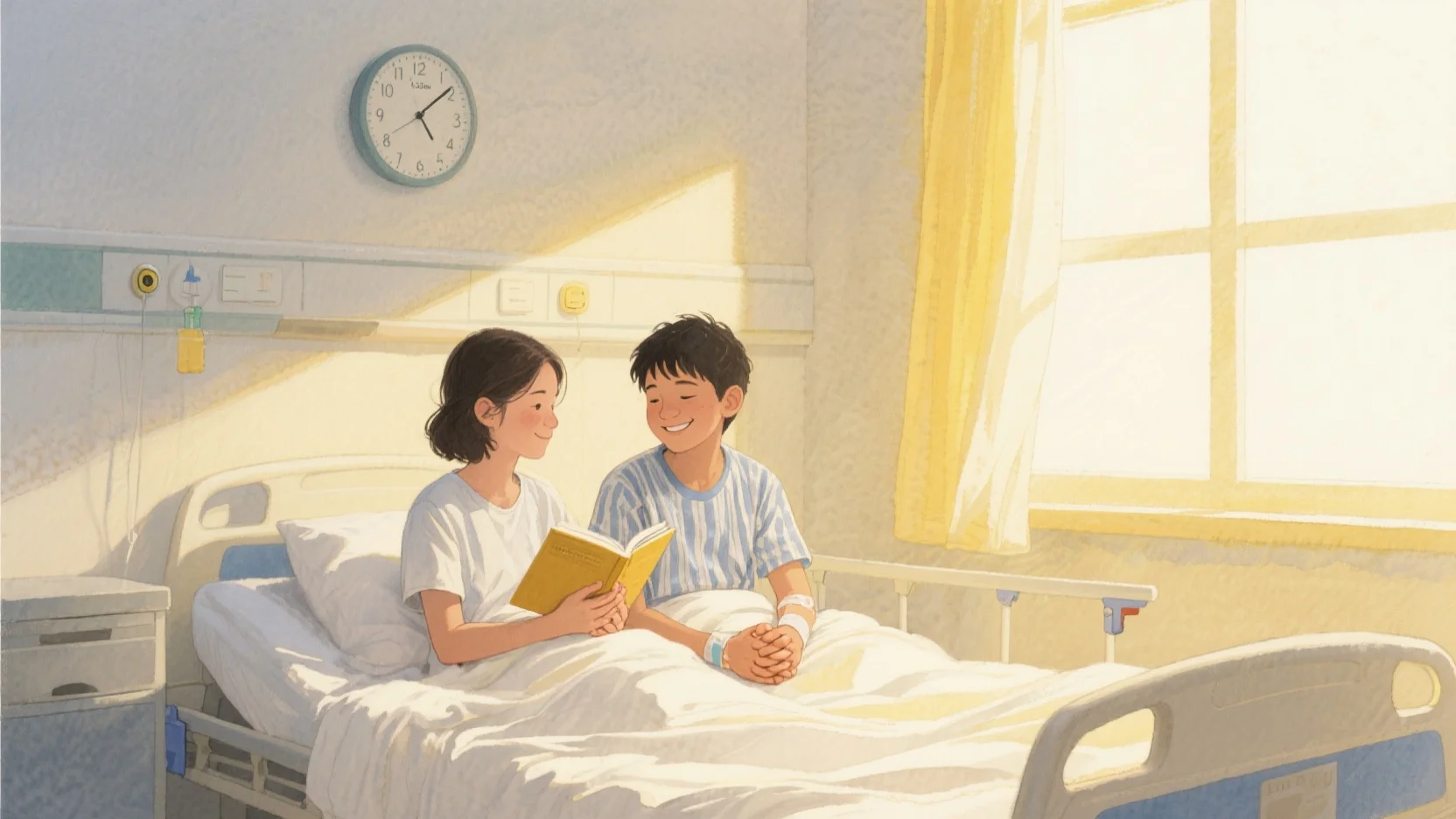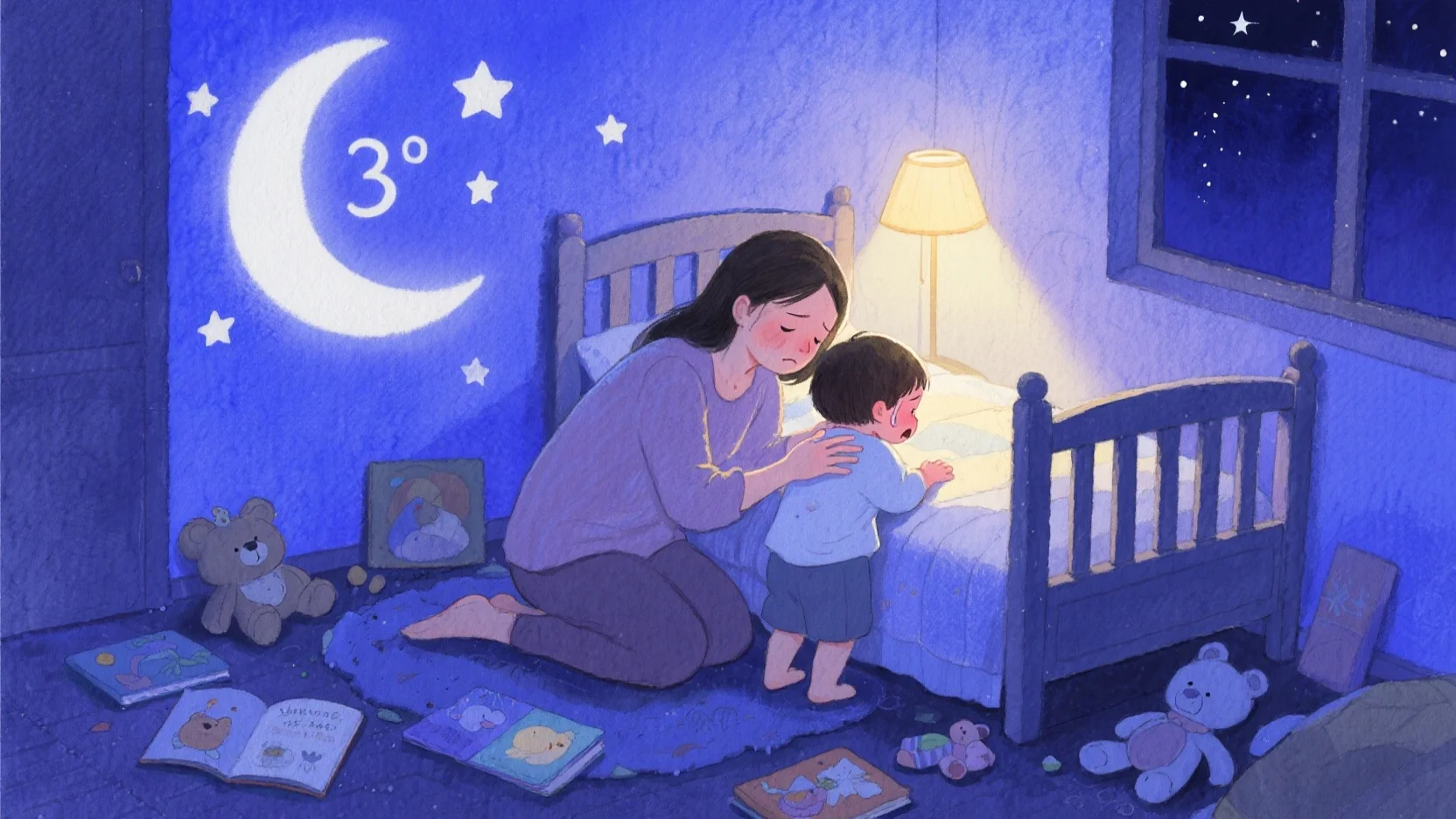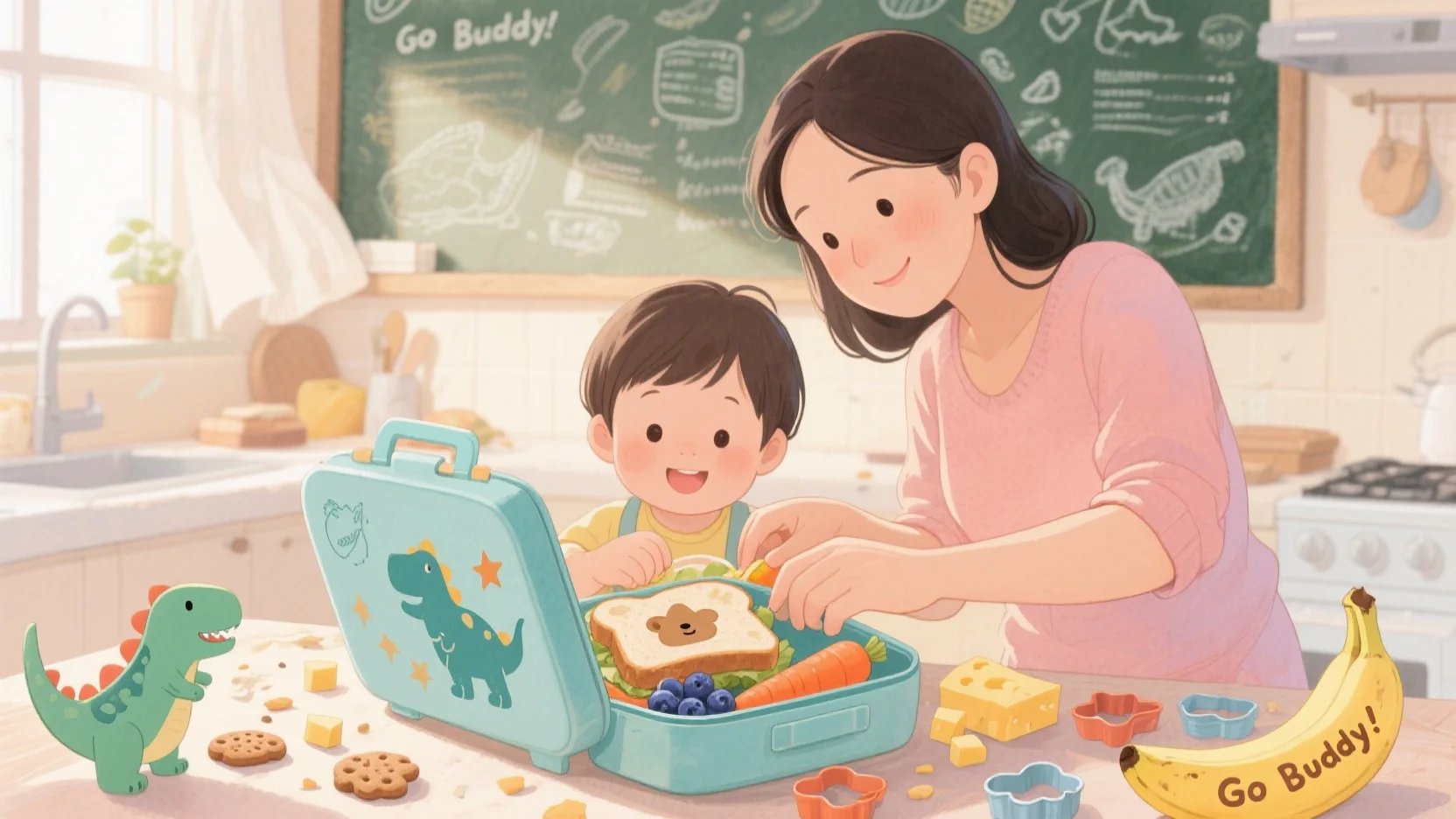Children’s behaviors often stem from four core emotions. Recognizing and addressing these feelings can help your child develop emotional intelligence and resilience.
Image source: Unsplash/Pixabay/Pexels
From infancy, children learn emotions by watching us. When your toddler threw a toy, you might have said, “Ouch! That hurts,” while frowning—teaching them that actions have emotional consequences.
But as kids grow, we often stop explaining emotions—sending them to their rooms instead of discussing why they acted out. These missed opportunities prevent them from understanding complex feelings.
Emotions help us interpret the world. For children, who lack life experience, naming and validating feelings is crucial. By teaching them to recognize and express emotions, you help them:
✅ Communicate instead of suppressing feelings
✅ Develop resilience for future challenges
✅ Build empathy by understanding others
Here’s how to navigate your child’s four biggest emotions:
1. Anger: More Than Just Tantrums
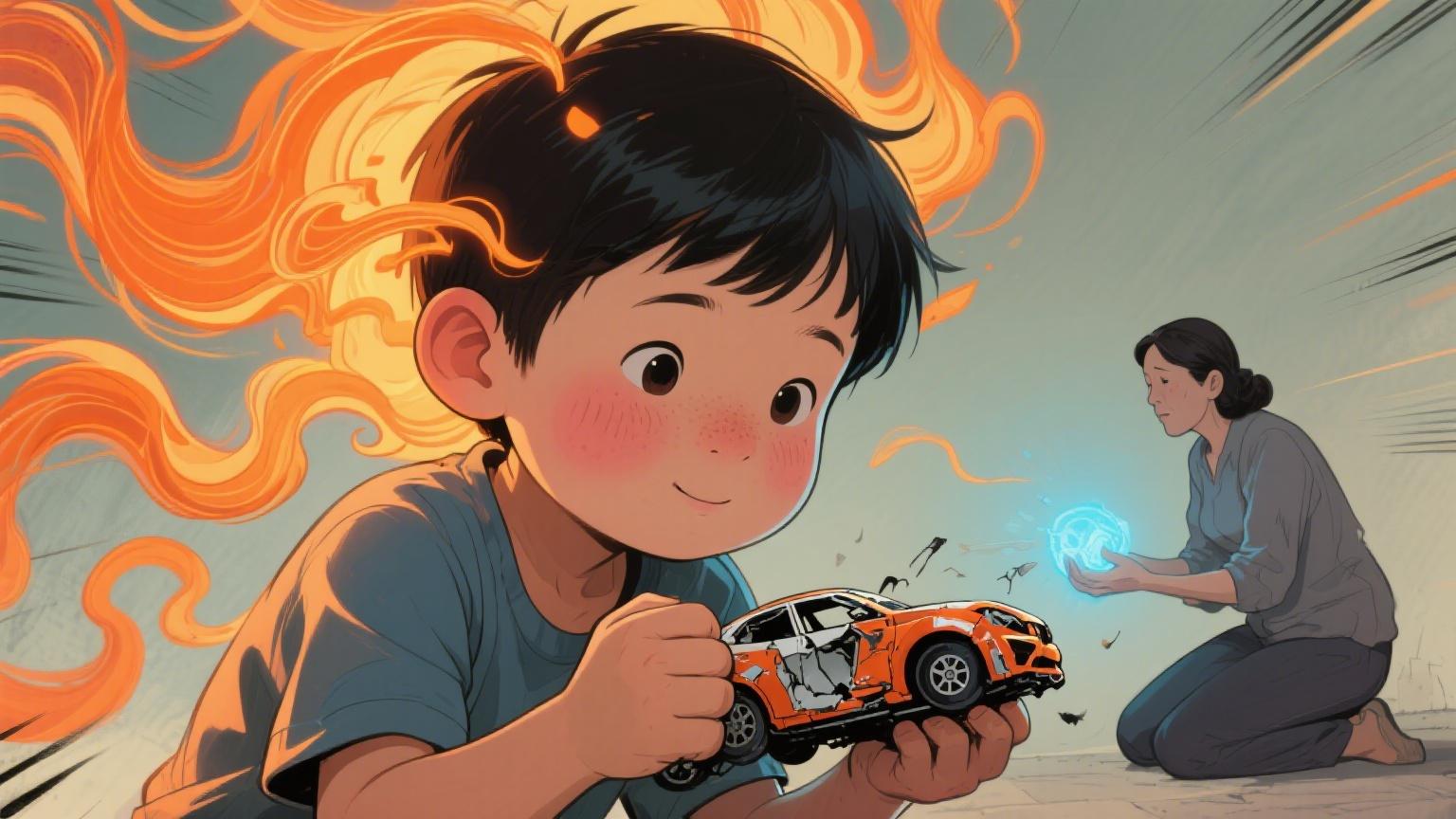
Anger signals frustration, hurt, or injustice. A child might react aggressively when a friend takes their toy—triggering a fight-or-flight response.
How to help:
- Label the emotion: “You’re angry because they didn’t share.”
- Teach empathy: Ask, “How do you think your friend felt when you yelled?” during storytime or movies.
- Offer alternatives: “Next time, take deep breaths or ask for help.”
2. Sadness: Handling Disappointment
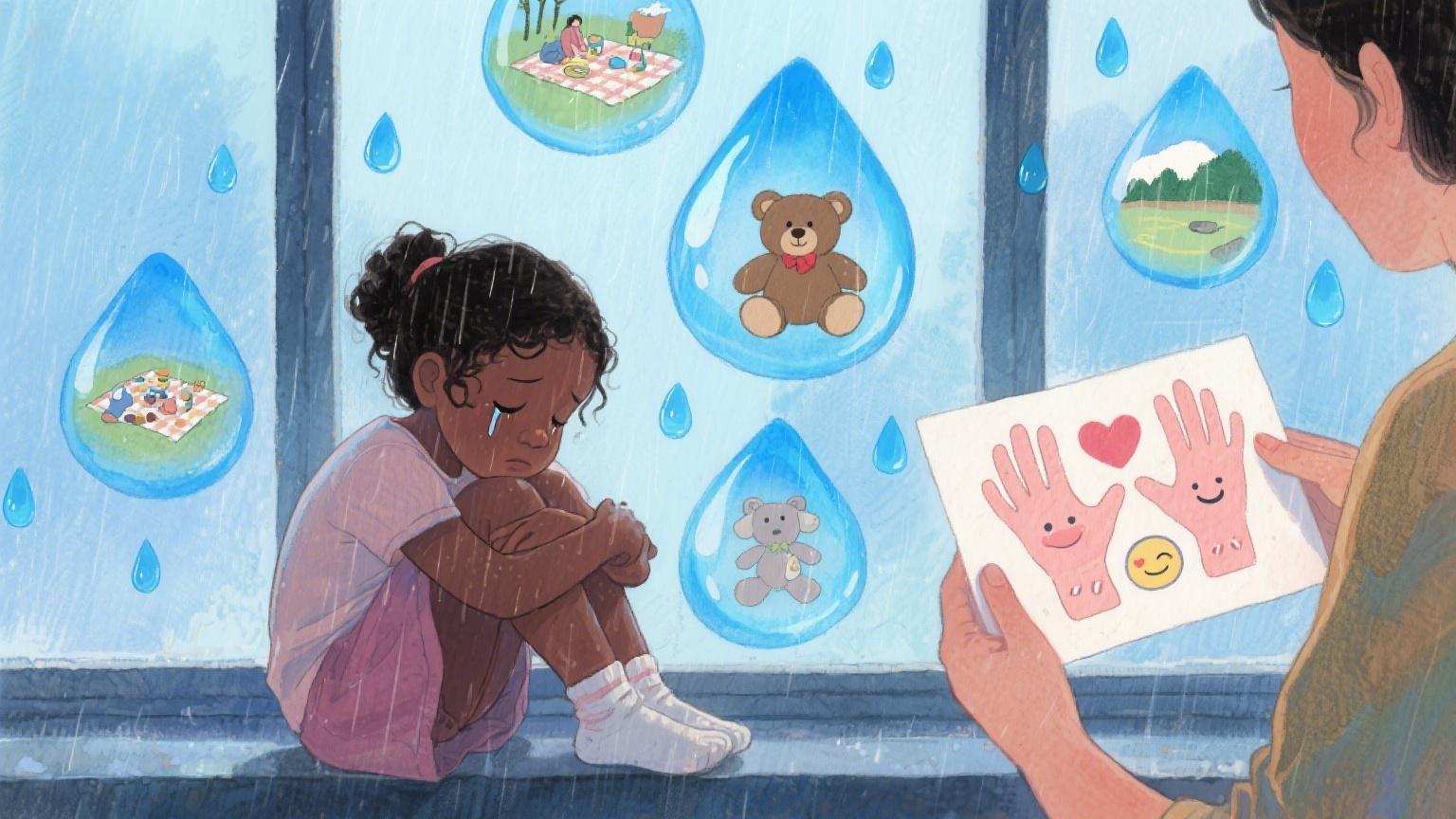
Kids feel sadness from:
- Loss (e.g., a pet’s death)
- Hurtful words
- Disappointments (canceled playdates, losing a game)
How to help:
- Avoid dismissing: Don’t say, “Stop crying.” Instead, “I see you’re sad. Want to talk?”
- Use visuals: Create a feelings chart with emojis—kids can point to the face matching their emotion.
- Normalize sadness: “It’s okay to feel this way. I get sad too sometimes.”
3. Fear: Beyond Monsters Under the Bed
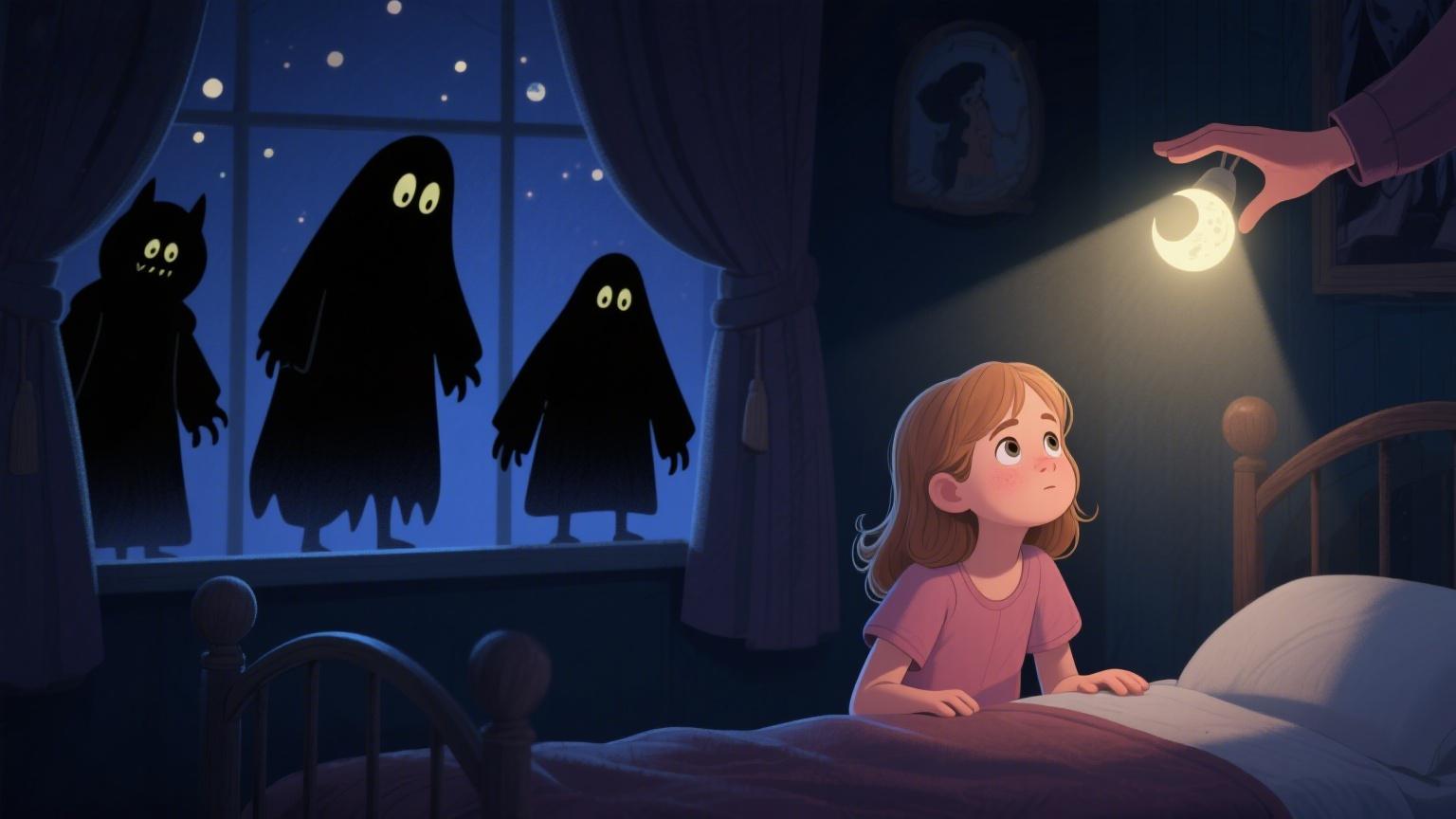
Fear stems from perceived danger, like:
- Separation anxiety
- The dark or loud noises
- Scary TV scenes
How to help:
- Don’t minimize: “There’s nothing to fear!” makes them feel unheard. Try, “That sounds scary. Let’s talk about it.”
- Role-play solutions: “What if we leave a nightlight on?”
- Use stories: Books about brave characters help kids process fears.
4. Jealousy: When They Feel “Less Than”
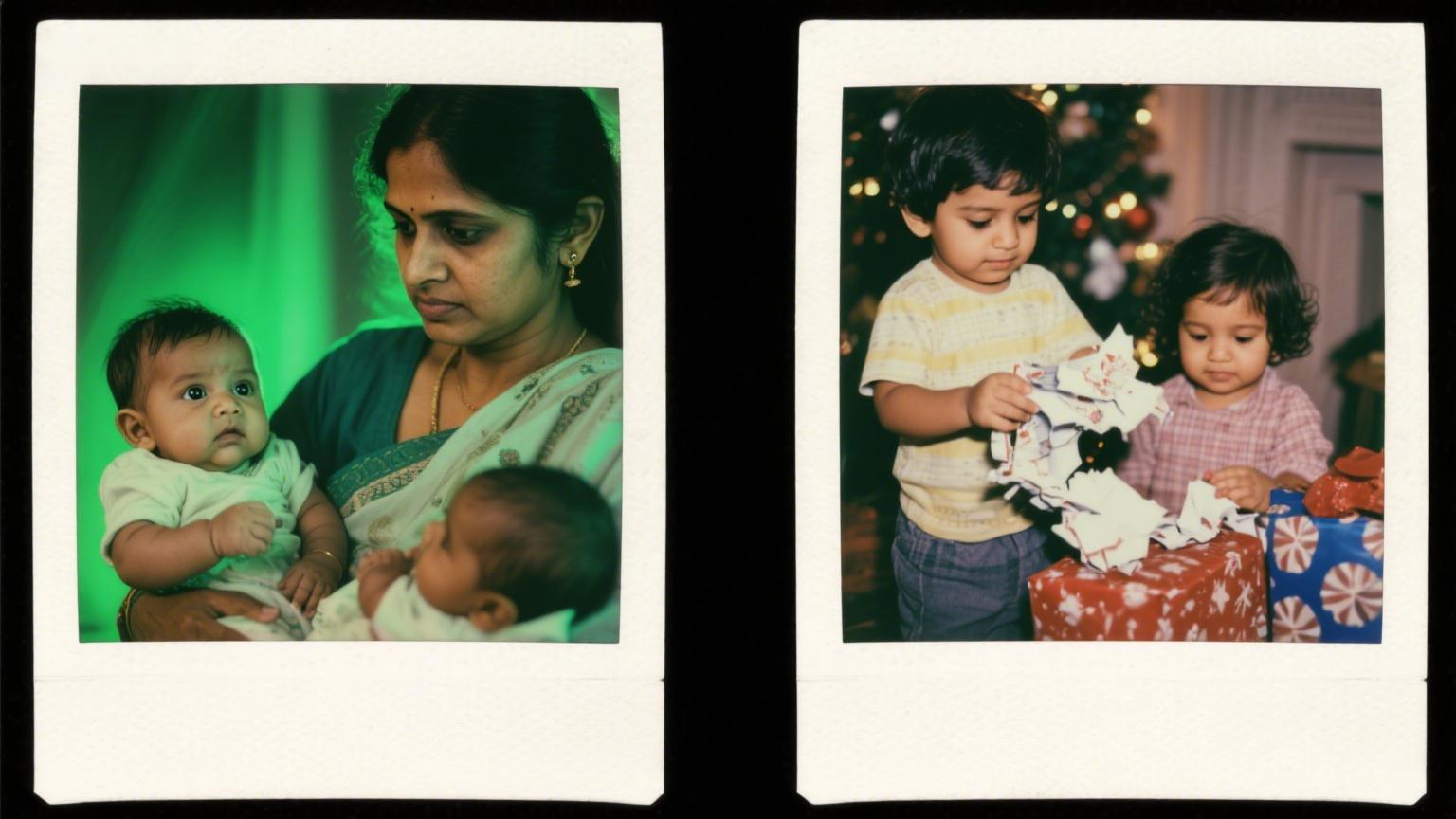
Even babies feel jealousy—like when a parent holds another child. Older kids might envy a sibling’s new toy or attention.
How to help:
- Acknowledge the feeling: “It’s hard when your sister gets gifts.”
- Avoid comparisons: Never say, “Why can’t you behave like them?”
- Reassure them: “You’re special to me, no matter what.”
Key Takeaways
- Never dismiss emotions (even “negative” ones).
- Teach problem-solving: “What could we do next time?”
- Model emotional awareness: Kids learn most by watching you.
By guiding your child through these emotions, you’re giving them lifelong coping skills.
